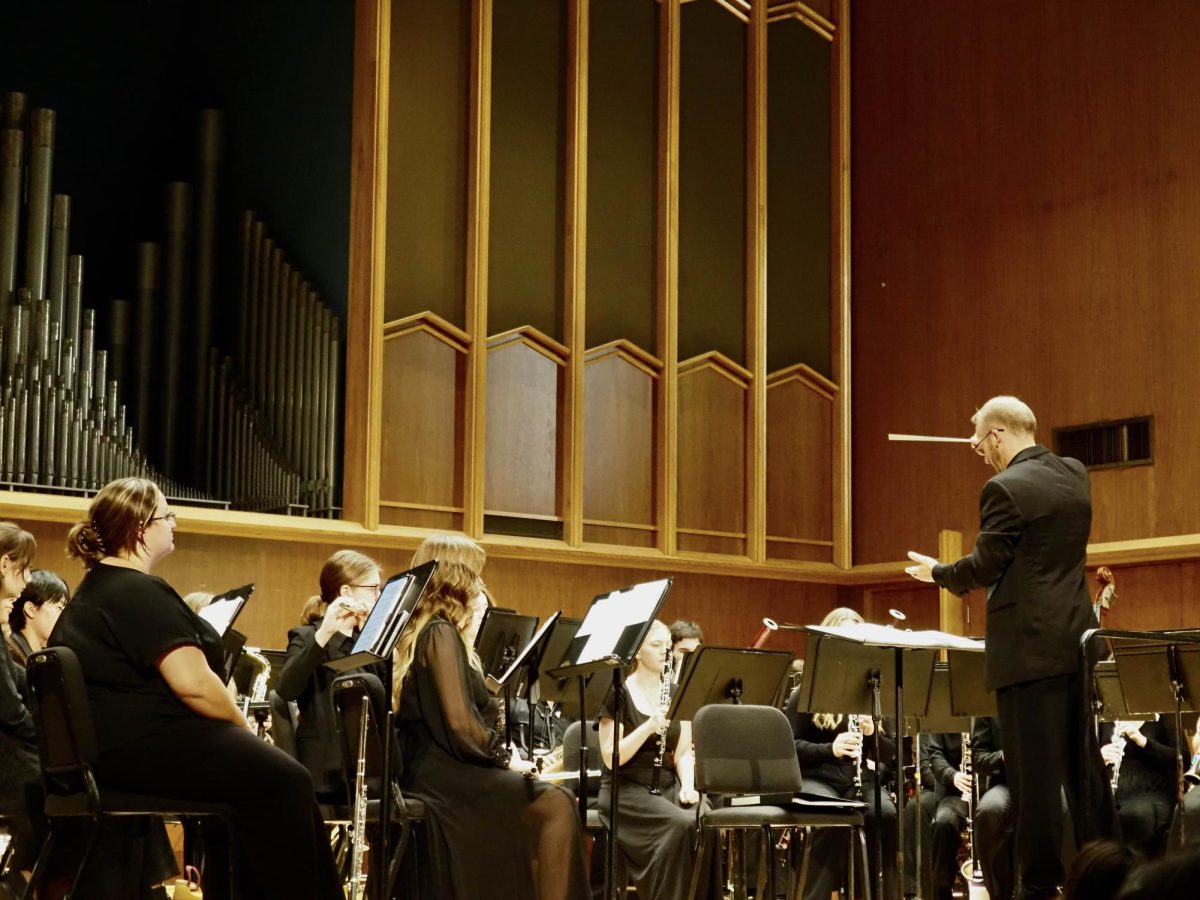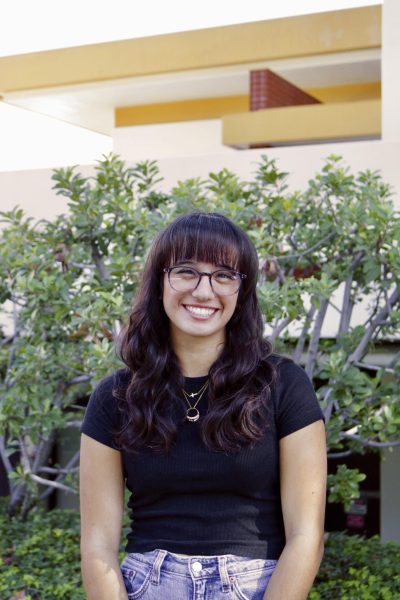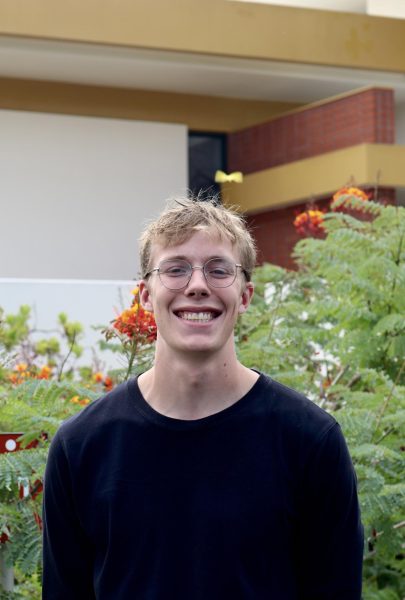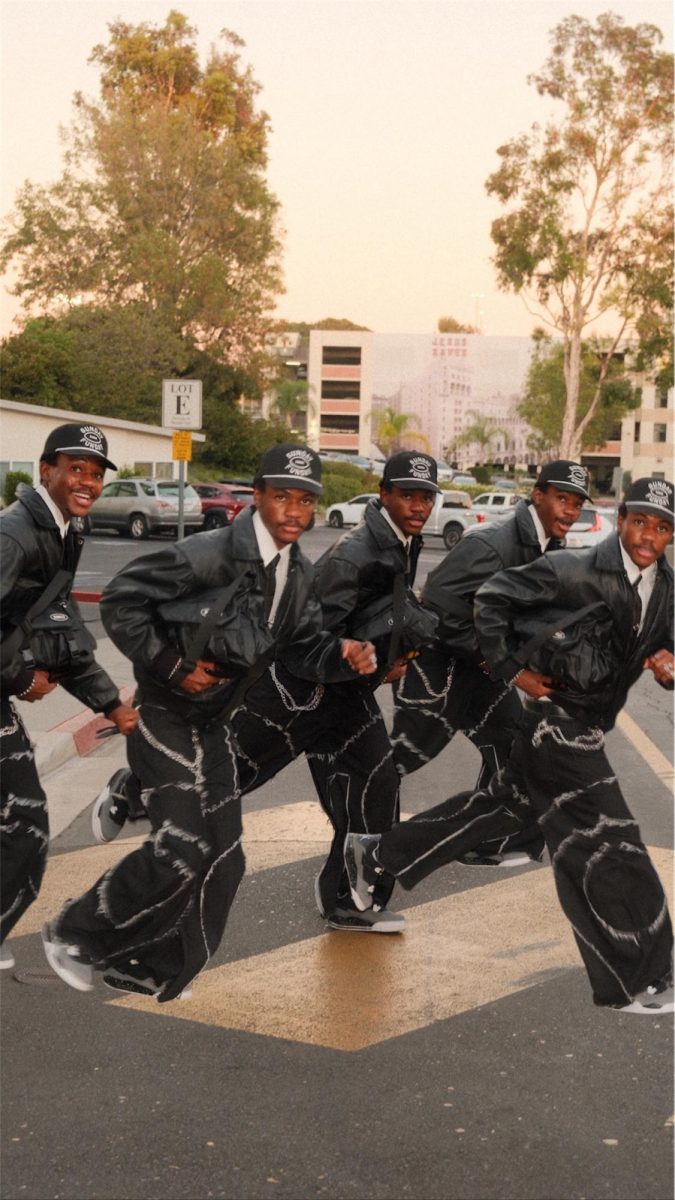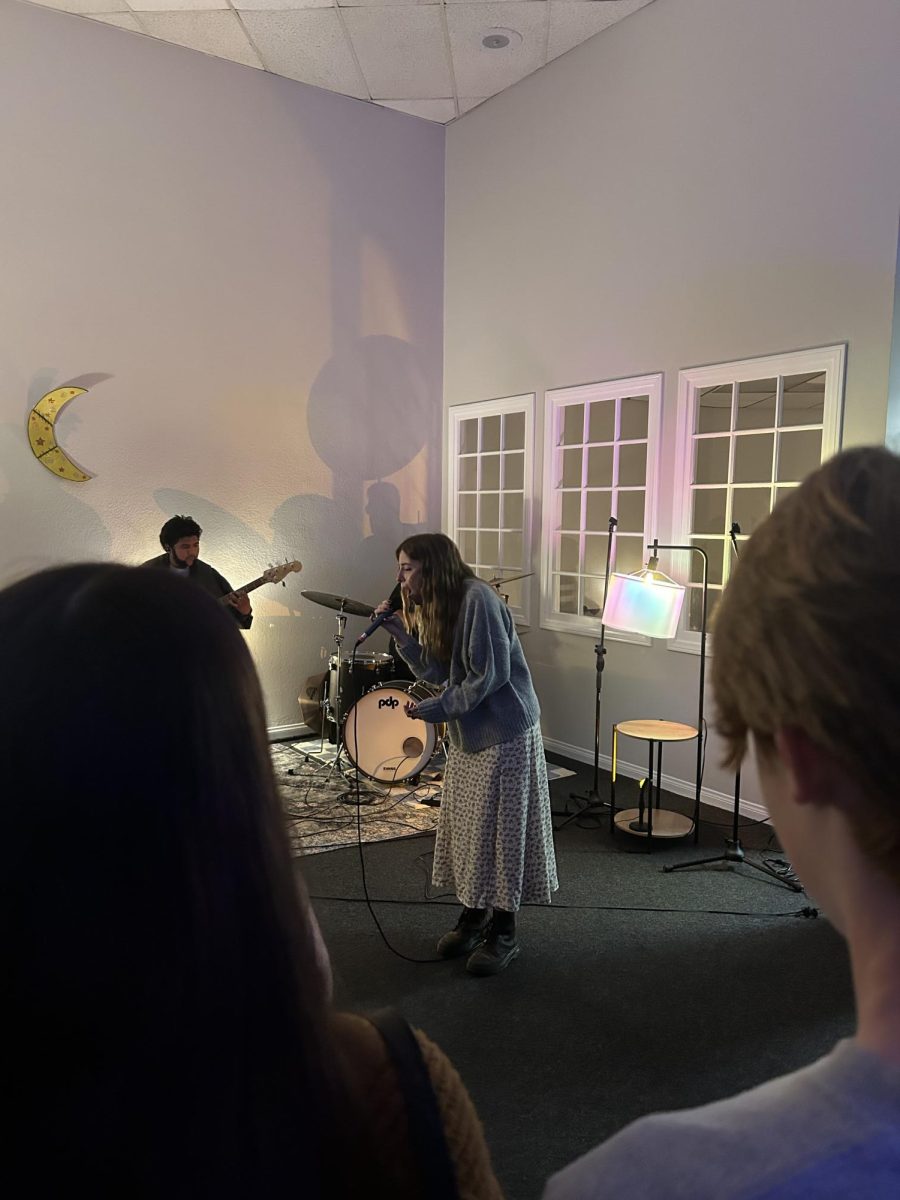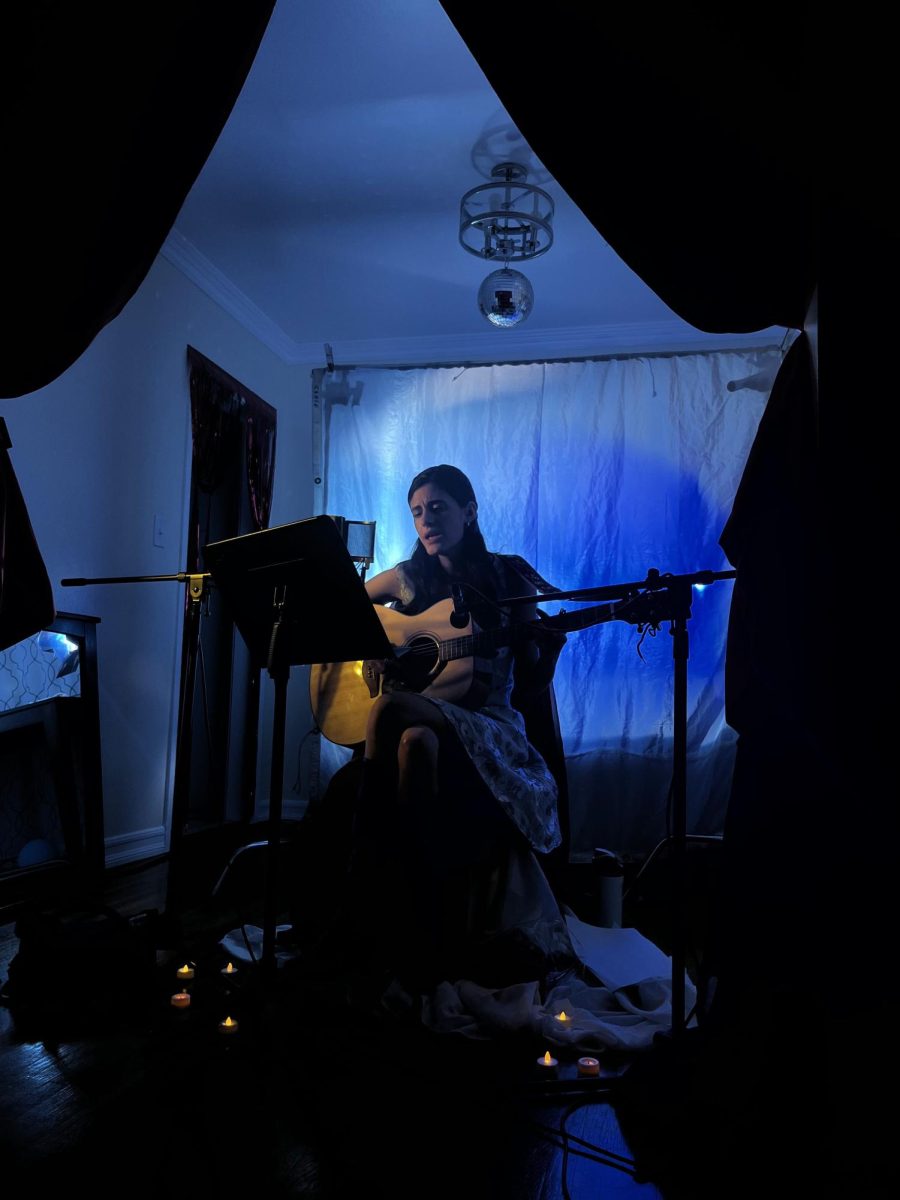On Friday, Oct. 17 the Biola Symphonic Winds ensemble, joined by guests from Whittier Christian High School, hosted their fall concert in Crowell Music Hall. Themed by a variety of dance music, the performance featured three student conductors in addition to Symphonic Winds director and conservatory professor Karl Meyers.
“The musical idea for the concert is for [the] audience and performers alike to consider what dance music is, what it has been and what it might be,” said Meyers. “Engaging with music written over a 400 year period, we have ample opportunities to compare and contrast, and also form preferences.”
THE PIECES
They performed 16 pieces, three by the Whittier Christian Symphonic band, and the other thirteen performed by the Biola Symphonic band alone. Together, the bands opened the concert with a piece titled “Go West!” by Ralph Ford. This piece, filled with an air that reminded one of “How To Train Your Dragon,” coupled with many wild west themes, set the concert off to a flying start.

Each piece represented some form of dance or was a piece of music which people danced to at some point during the centuries. What was beautiful about each and every piece was that, without looking at the program or understanding the names, the way that each piece was played could describe its contents and its story almost for itself.
For example, “Paravane for a Dead Princess” by Maurice Ravel was filled with haunting depths of pain, loss and heartbreak. Voices of different instruments seemed to cry out in voices, and pour out tears, all through the manipulation of sound and string. And yet, even in a piece which mourned deeply for an entire kingdom’s loss, there was a glimmer of hope that the audience caught onto through the gentle plucking of harp strings which ended the piece so beautifully.
THE CONDUCTORS
Each of the student conductors showed a uniquely beautiful way of leading an entire band of instruments to play as one voice. Hannah McIvor, who plays clarinet in the Whittier Christian Symphonic band, conducted the second piece of the night titled “Byzantine Dances” by Carol Brittin Chambers. Throughout the performance, she held herself with a quiet sureness that led the two symphonic bands beautifully.

Later that evening, James Alison III, a senior music performance student at Biola, conducted a piece titled “Mock Morris.” His technique as a conductor, though vastly different from McIvor’s, was filled with confidence, strength and a passion which bled through his stance and motion, proving to the band and the audience just how deeply he loved leading the different instruments into one tune.
Heidi Voth, another Biola music composition student, followed with a piece titled “Cajun Folksongs II: Country Dance” by Frank Ticheli. Voth’s technique was different from the first two student conductors – she remained as quiet as McIvor but led as confidently as Alison III. Her movements were calm and poised, seeming to captivate everyone in a way that kept them on their toes, holding their breath, but also trusting that she would not lead them astray.
“Some folks will hopefully leave the concert wondering what dancing in the Renaissance looked and felt like,” said Meyers. “Whether dancing is of particular interest to those involved or not, the music surrounding it will, at the very least, be enjoyable, lively and provide opportunities for introspection as we enjoy the way the music moves us.”

